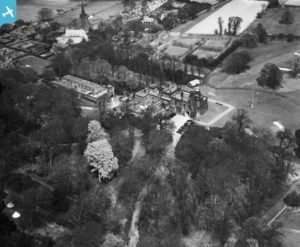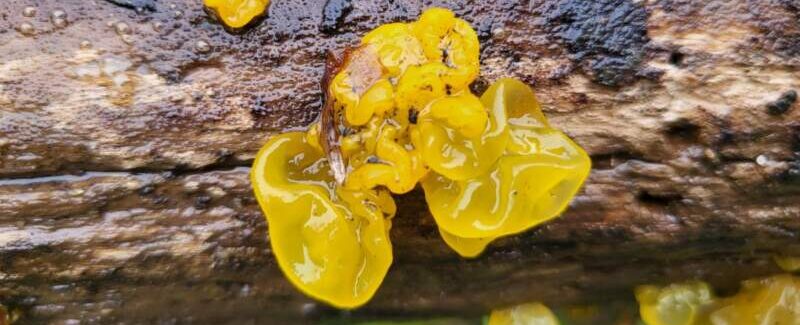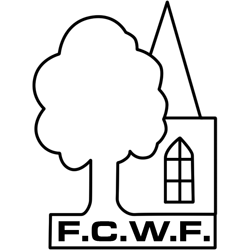The Tenants
Frances became the owner of Childwall Hall after the death of her father, Bamber Gascoyne Jnr, died on 17th January 1824, but Francis never lived in the Hall again. After her marriage to Viscount Cranborne, the Second Marquess of Salisbury, she moved to her husband’s home in London. It is reported that in her diary she would write that she was not happy with city life and Frances told her friends that she missed Childwall. Frances returned to the now empty hall as often as possible and Frances and her husband spent many of the autumn seasons at the hall.
Frances Mary died in 1839 but had been unable to visit the hall for some years before her death due to illness, so in 1936 the decision was made to let Childwall Hall to wealthy tenants.
The hall was let to 4 families:
John Shaw Leigh
The first tenant was John Shaw Leigh and his wife from 1836 to 1851. John Shaw Leigh was an attorney and son of Bamber Gascoyne’s legal advisor, and was known as ‘the wealthiest commoner in England’ due to his many businesses, which included numerous properties around Liverpool and he was the owner of Ashtons Green Collery in St Helens. John Shaw Leigh was also a Trustee of the Liverpool to Preston Turnpike Trust which was responsible for one of the first major transport links to and from Liverpool. From these historical connections, it can be seen that John S Leigh played an important role in Liverpool’s development.
It is noteworthy that John Shaw Leigh held the title of Mayor of Liverpool from 1841-42 while residing at Childwall Hall.
Edmund Molyneux
Edmund Molyneux, son of the owner of Newsham Hall, and his wife Annie were next and took over the hall in 1851. Edmund was a wealthy merchant and employed 10 servants who lived at the Hall. Edmund died in 1854 but his wife stayed at the Hall and her father Archibold Sinclaire moved in with her. However, the Hall became empty again after Annie passed away in 1865.
The Brocklebank family
The wealthy Brocklebank family occupied the Hall at the time of the census in 1871. First Sir Thomas Brocklebank and later his son Ralph. You may know the name from the shipping line that they owned, which later merged with Cunard.
It seems that some of the unusual trees may have been planted by the Brocklebank family who could bring in beautiful trees from overseas and had the funds to buy rare cultivars such as the Variegated oaks and the hybrid rhododendrons that can still be seen in the northern woods.
In 1893 the Journal of Horticultural and Practical Gardening ran an article on Mr Thomas Winkworth, the gardener at Childwall Hall, who was noted for his amazing hanging baskets. He had worked for Mr Brocklebank for 18 years so it is quite reasonable to presume that he had something to do with the Variegated Oaks. Maybe. Mr Winkworth and his family lived in the Lodge, the Gatehouse for the estate.
Mr Hans Gaspard Schintz and his wife Julia
Another tenant was the wealthy nitrate importer Mr Hans Gaspard Schintz and his wife Julia who are recorded on the 1901 census, and who used some of the stables as garages for their many cars. He employed a dozen or more servants, as well as a chauffeur, Frederick Rapson, who brought fame to Childwall Hall when he invented a powered Jack which was reported in the magazines of the time.
It is thought that the terrible fire that destroyed the stables and killed all the horses was during the Schintz tenancy. The worn brickwork near the gate at Countisbury Drive is said to be the raised grave of the horses. Raised as they couldn’t dig a grave into the sandstone. This is known to residents as the Horses Hill.
Their dog Tyrus, was given a headstone on the Horses Hill when he died. This has now disappeared but is still remembered by many locals.

Childwall Hall in 1932 when it was the home of Childwall Golf Club. Shown with the kind permission of Rob Brent
Mr and Mrs Schintz their son and a daughter, shared the house with 10 servants until Hans died in 1912. Then the youngest daughter Susan became the head of the household. She had inherited some of her father’s wealth and stayed at Childwall Hall until 1919 when she moved to Surrey.
Childwall Golf Club
Childwall Golf Club was the last tenant of Childwall Hall, at a rent of £4,10sh annually from 1922.
This aerial photograph from 1932 shows the hall in its full glory with its huge stable block behind. Notice the bunkers on the fields and the cars around the entrance belonging to the golfers that day. If you look carefully you will see 2 white pergolas or maybe a bandstand in the bottom left-hand corner of the picture.
The Hall became empty in 1938 when Childwall Golf Club moved out. They had rented the hall from 1922 to 1938 when they moved to their present site in Gateacre, leaving the hall empty.
(B.Cameron 2024)

